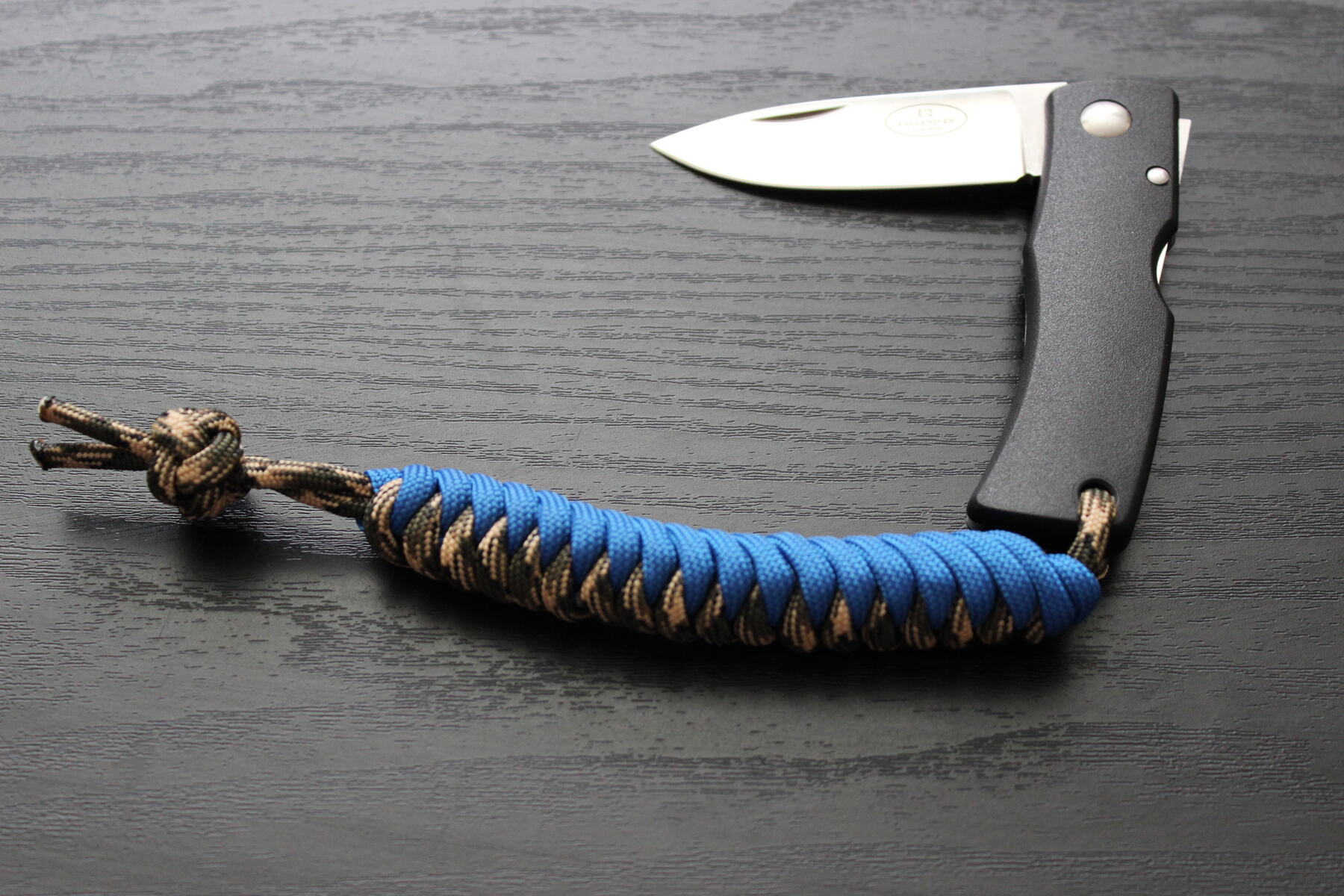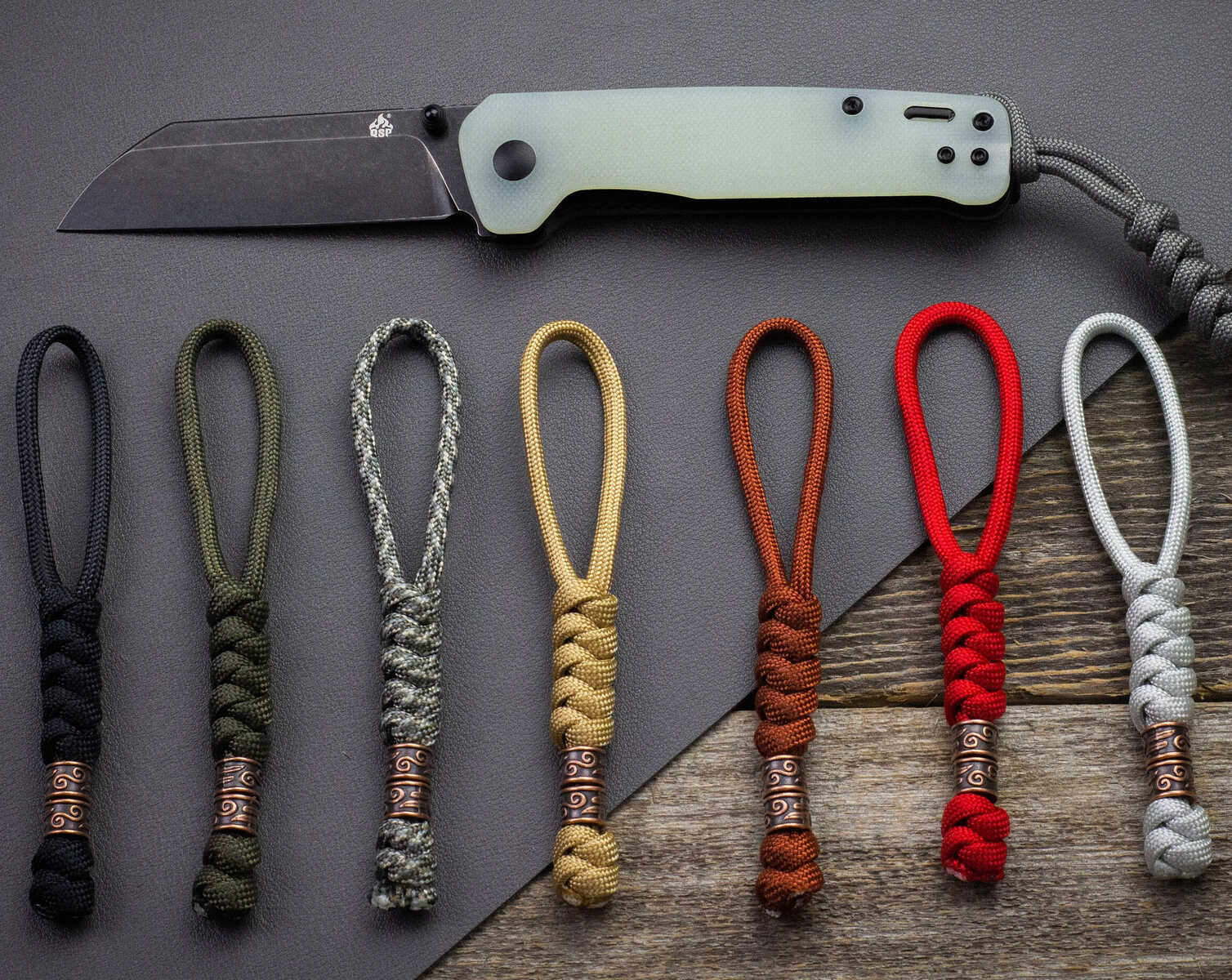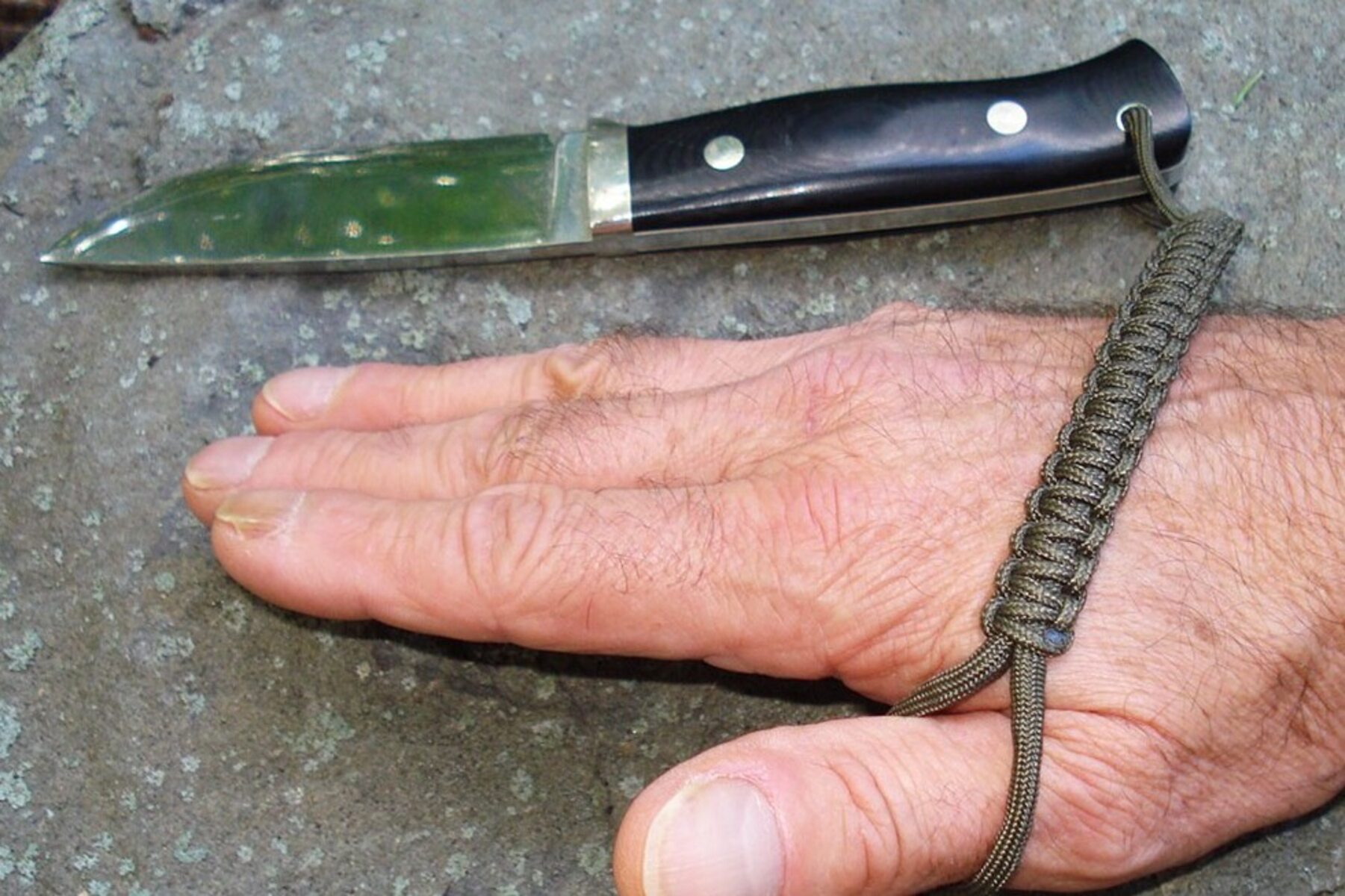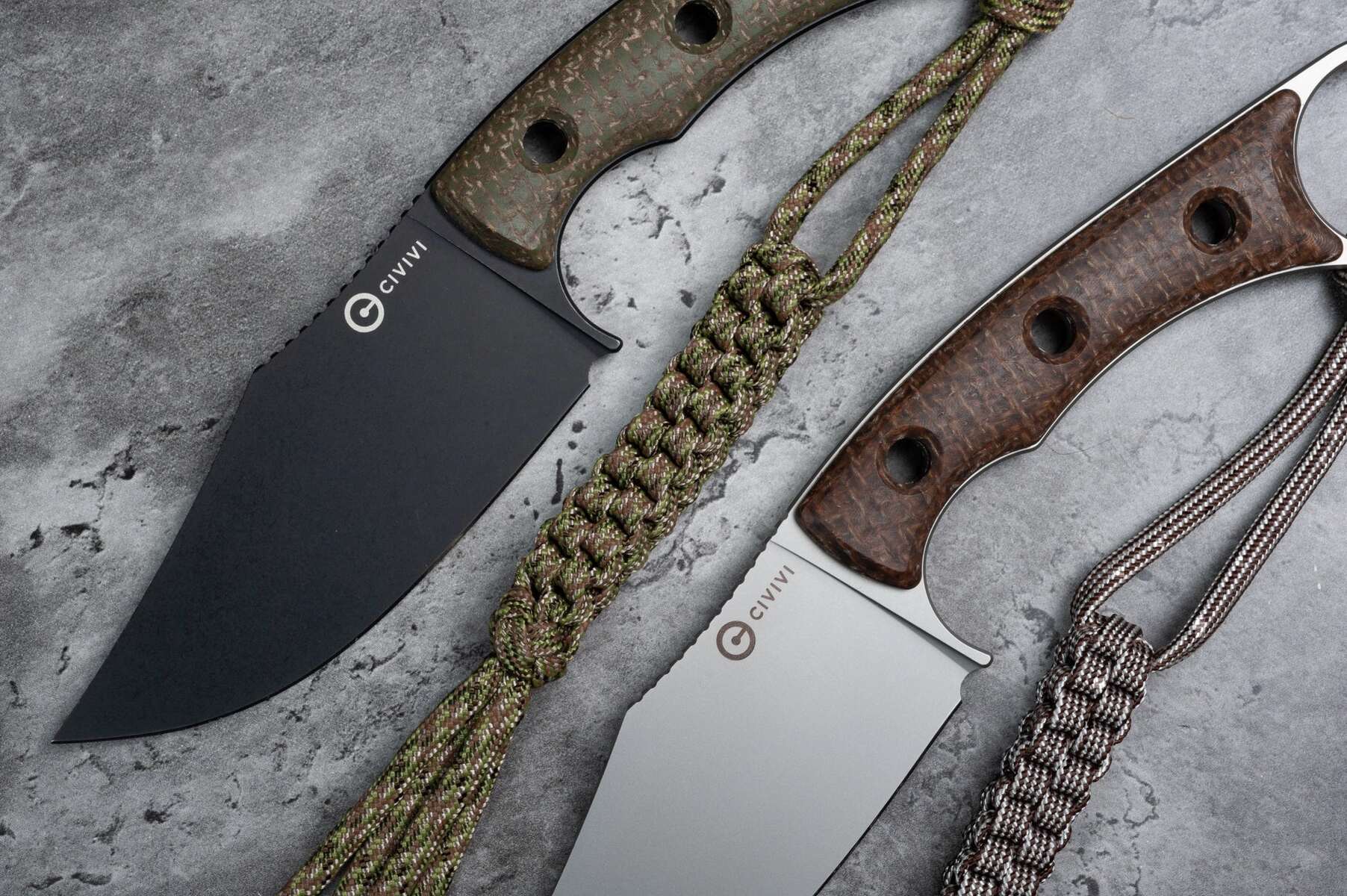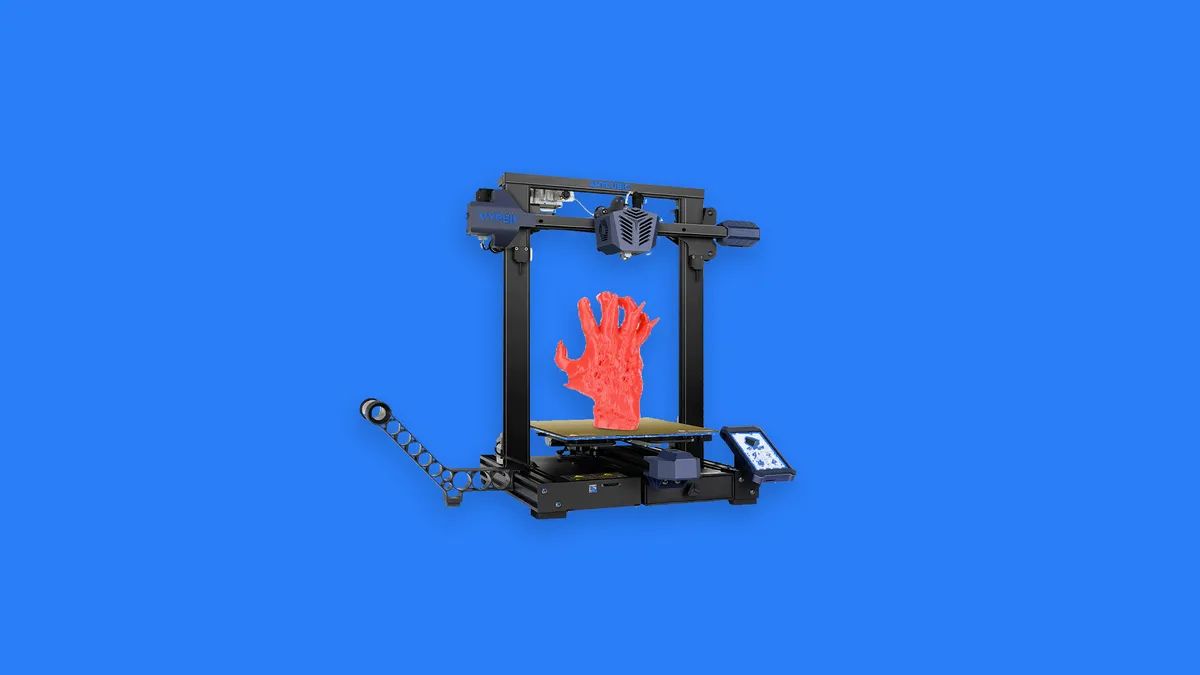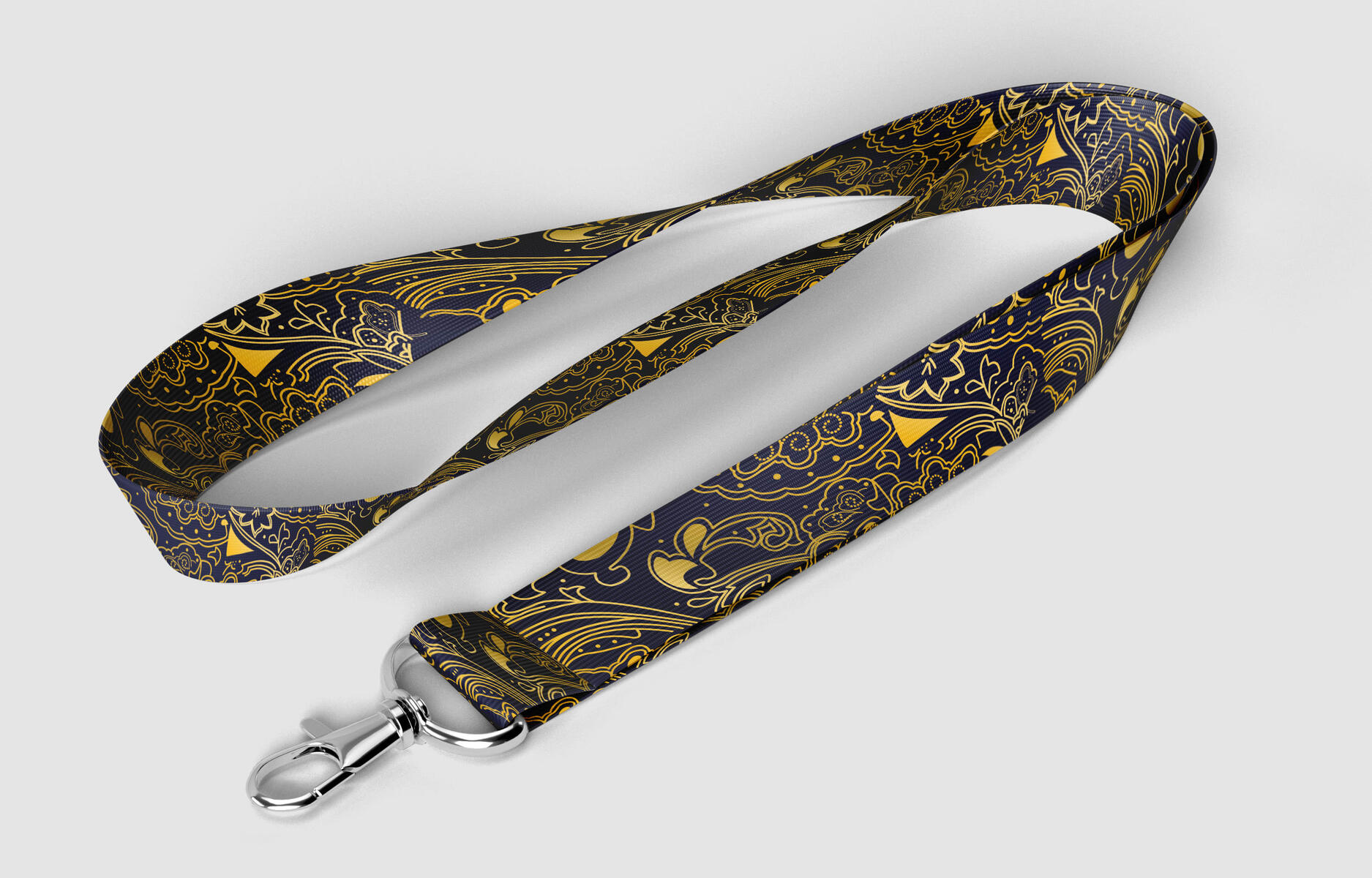Introduction
Attaching lanyards to knives is a critical practice that often goes overlooked in the realm of gadget usage. Whether you are an outdoor enthusiast, a survivalist, or simply someone who values preparedness, understanding the importance of properly attaching lanyards to knives is essential. In this comprehensive guide, we will delve into the significance of this practice, explore the different types of lanyards available, and provide expert tips on the proper techniques for securing lanyards to knives.
Knives are indispensable tools that serve a myriad of purposes, from cutting and slicing to self-defense and survival in the great outdoors. However, the potential for these essential tools to be lost or misplaced is a genuine concern for anyone who relies on them. This is where lanyards come into play as invaluable accessories that can prevent the accidental loss of knives in various settings.
By understanding the significance of attaching lanyards to knives, individuals can enhance the security and accessibility of their tools, thereby ensuring that they remain within reach when needed most. From camping and hiking to everyday carry, the application of lanyards can make a substantial difference in the safety and convenience of using knives for a wide range of activities.
In the subsequent sections, we will explore the different types of lanyards suitable for knives, the proper techniques for attaching them, and the numerous benefits associated with incorporating lanyards into knife usage. Whether you are a seasoned outdoorsman or someone looking to optimize the functionality of your everyday tools, this guide will equip you with the knowledge and skills to effectively integrate lanyards into your knife-carrying practices.
Importance of Attaching Lanyards to Knives
The practice of attaching lanyards to knives holds immense significance in ensuring the security and accessibility of these essential tools. Whether used for outdoor activities, everyday carry, or professional purposes, lanyards play a pivotal role in preventing the loss or misplacement of knives. Understanding the importance of this practice is crucial for individuals who rely on knives for various tasks and situations.
One of the primary reasons for attaching lanyards to knives is to minimize the risk of accidental loss. Knives are often utilized in dynamic environments, including camping, hiking, fishing, and other outdoor pursuits. In such settings, the potential for a knife to slip out of a pocket or sheath is a genuine concern. By securing a lanyard to the knife and attaching it to a belt loop or gear, individuals can mitigate the risk of losing their tool, especially in challenging or high-movement scenarios.
Moreover, in the event of an emergency or a sudden need for the knife, having a lanyard attached ensures quick and convenient access. This is particularly vital in survival situations, where every second counts. By incorporating a lanyard, the knife can be readily retrieved from a pocket or sheath, eliminating the need to search for or retrieve it from a backpack or gear pouch.
Additionally, attaching lanyards to knives enhances safety by preventing accidental drops or slips. In slippery or wet conditions, the secure grip provided by a lanyard can prevent the knife from falling and potentially causing harm to the user or others nearby. This is especially relevant for activities such as boating, fishing, or cooking, where a secure grip on the knife is paramount.
Furthermore, lanyards contribute to the overall organization and preparedness of individuals who carry knives. By having a designated attachment point for the knife, users can maintain a systematic approach to gear management, ensuring that their tools are consistently within reach and accounted for.
In essence, the importance of attaching lanyards to knives cannot be overstated. It serves as a proactive measure to safeguard against loss, facilitates quick access during critical moments, enhances safety, and promotes a structured approach to gear management. By recognizing and implementing this practice, individuals can optimize the utility and security of their knives across a spectrum of activities and environments.
Types of Lanyards for Knives
When it comes to attaching lanyards to knives, there is a diverse array of lanyard types available, each offering unique features and benefits. Understanding the various types of lanyards is essential for selecting the most suitable option based on individual preferences and specific knife-carrying needs. Here are some common types of lanyards designed for knives:
-
Paracord Lanyards: Paracord lanyards are crafted from durable and versatile paracord, which is known for its strength and resilience. These lanyards often feature intricate knotting patterns, such as the cobra weave or diamond knot, adding both functionality and aesthetic appeal. Paracord lanyards provide a reliable grip and can be unraveled in emergency situations to provide lengths of cord for various purposes, making them a practical choice for outdoor enthusiasts and survivalists.
-
Braided Leather Lanyards: Leather lanyards exude a classic and timeless appeal, making them a popular choice for individuals seeking a touch of elegance in their knife accessories. Crafted from high-quality leather, these lanyards offer a comfortable and secure grip while adding a sophisticated touch to the overall knife ensemble. They are ideal for those who appreciate traditional craftsmanship and desire a blend of functionality and style.
-
Beaded Lanyards: Beaded lanyards combine functionality with artistic expression, featuring decorative beads woven into the lanyard design. These lanyards not only provide a secure grip but also serve as personalized accessories, allowing individuals to showcase their unique style and preferences. Beaded lanyards come in a wide range of designs, from simple and understated to intricately detailed, catering to diverse aesthetic tastes.
-
Tactical Retention Lanyards: Designed with the specific needs of law enforcement, military personnel, and tactical professionals in mind, tactical retention lanyards prioritize security and rapid deployment. These lanyards are engineered to prevent accidental loss of the knife during high-intensity operations, featuring quick-release mechanisms and robust materials to withstand rigorous use. Tactical retention lanyards are characterized by their reliability and efficiency in demanding environments.
-
Minimalist Cord Lanyards: For those who prefer a streamlined and minimalist approach, cord lanyards offer a practical and unobtrusive solution. Constructed from lightweight and compact cordage, these lanyards provide a functional grip without adding bulk or weight to the knife. Minimalist cord lanyards are favored by individuals seeking simplicity and ease of use in their knife-carrying accessories.
By familiarizing oneself with the diverse types of lanyards available for knives, individuals can make informed decisions based on their preferences, intended usage scenarios, and desired aesthetic and functional attributes. The wide range of options ensures that there is a lanyard type suitable for every individual, further enhancing the versatility and personalization of knife-carrying practices.
Proper Techniques for Attaching Lanyards to Knives
Attaching lanyards to knives is a straightforward yet crucial practice that requires attention to detail and precision. By following proper techniques for securing lanyards to knives, individuals can ensure the reliability and effectiveness of this accessory in enhancing the security and accessibility of their tools. Here are the essential steps and considerations for attaching lanyards to knives:
-
Selecting the Lanyard: Before attaching a lanyard to a knife, it is important to choose a lanyard that aligns with the intended usage and personal preferences. Consider factors such as material, length, and design to ensure that the selected lanyard complements the knife and meets the user's functional and aesthetic requirements.
-
Determining Attachment Point: Identify the optimal attachment point on the knife for securing the lanyard. This may involve an existing hole or slot designed for lanyard attachment, or it may require drilling a small hole in the handle of the knife, depending on the specific model and design. Carefully assess the knife to determine the most suitable location for attaching the lanyard.
-
Preparing the Lanyard: If the selected lanyard requires customization or adjustment, such as resizing the length or adding additional components, prepare the lanyard accordingly before attaching it to the knife. This may involve knotting, splicing, or modifying the lanyard to ensure a proper fit and functionality.
-
Securing the Lanyard: Once the attachment point on the knife has been identified and the lanyard is prepared, carefully thread the lanyard through the designated hole or slot. Pay close attention to the alignment and tightness of the lanyard to ensure a secure and stable attachment to the knife. Depending on the lanyard design, this step may involve specific knotting or fastening techniques to achieve a reliable connection.
-
Testing and Adjusting: After attaching the lanyard to the knife, perform a thorough inspection to ensure that the connection is secure and the lanyard is properly aligned. Test the functionality of the lanyard by gently pulling and applying pressure to assess its stability. If necessary, make any adjustments or refinements to the attachment to guarantee a robust and dependable connection.
By following these proper techniques for attaching lanyards to knives, individuals can optimize the functionality and security of their tools, ensuring that the lanyard serves its intended purpose effectively. Attention to detail and precision in the attachment process contribute to the overall reliability and performance of lanyards in various knife-carrying scenarios.
Benefits of Using Lanyards for Knives
The utilization of lanyards for knives offers a multitude of practical benefits that significantly enhance the overall functionality, security, and convenience of carrying and using these indispensable tools. Understanding the advantages associated with incorporating lanyards into knife-carrying practices is pivotal for individuals seeking to optimize their preparedness and efficiency across various activities and environments. Here are the compelling benefits of using lanyards for knives:
1. Enhanced Security and Loss Prevention
Attaching lanyards to knives serves as a proactive measure to enhance security and prevent accidental loss. In dynamic and high-movement settings such as outdoor excursions or professional engagements, the risk of knives slipping out of pockets or sheaths is a genuine concern. Lanyards provide a reliable tether, ensuring that knives remain within reach and minimizing the likelihood of misplacement or loss.
2. Rapid Accessibility in Critical Situations
In emergency or time-sensitive scenarios, having a lanyard attached to a knife enables swift and convenient access. Whether used for self-defense, survival, or everyday tasks, the immediate availability of the knife can make a crucial difference. Lanyards facilitate quick retrieval, eliminating the need to fumble through pockets or gear pouches, thereby streamlining the response to urgent situations.
3. Improved Safety and Grip Stability
Lanyards contribute to safety by preventing accidental drops or slips, particularly in challenging conditions such as wet or slippery environments. The secure grip provided by lanyards enhances the user's control over the knife, reducing the risk of mishandling or potential harm. This is particularly valuable for activities involving water, cooking, or high-movement tasks where a reliable grip on the knife is essential.
4. Organizational Efficiency and Gear Management
By incorporating lanyards into knife-carrying practices, individuals can maintain a systematic approach to gear management. Lanyards provide a designated attachment point for the knife, ensuring that it remains organized and easily accessible. This promotes efficiency and preparedness, allowing users to focus on their tasks without the distraction of searching for or retrieving their knives from various locations.
5. Personalization and Style
Beyond their functional benefits, lanyards offer an avenue for personalization and style. With a wide array of lanyard types and designs available, individuals can express their unique preferences and aesthetics. Whether opting for paracord, leather, beaded, or minimalist cord lanyards, users can infuse their personal style into their knife accessories, adding a touch of individuality to their gear ensemble.
In essence, the benefits of using lanyards for knives extend far beyond mere accessory attachments. They encompass heightened security, rapid accessibility, safety enhancements, organizational efficiency, and personalization, collectively contributing to an elevated and optimized knife-carrying experience across diverse pursuits and endeavors. Incorporating lanyards into knife usage represents a pragmatic and impactful practice that resonates with the core principles of preparedness, functionality, and personal expression.
Conclusion
In conclusion, the practice of attaching lanyards to knives is a fundamental aspect of optimizing the security, accessibility, and functionality of these essential tools. From the diverse types of lanyards available, including paracord, leather, beaded, tactical retention, and minimalist cord lanyards, to the proper techniques for attachment, the significance of this practice cannot be overstated.
By recognizing the importance of lanyards in preventing accidental loss, facilitating rapid access, enhancing safety, and promoting organizational efficiency, individuals can elevate their knife-carrying practices across a spectrum of activities and environments. The benefits associated with using lanyards extend beyond mere accessory attachments, encompassing practical advantages that resonate with the core principles of preparedness, functionality, and personal expression.
Furthermore, the diverse array of lanyard types allows for personalization and style, enabling individuals to infuse their unique preferences and aesthetics into their knife accessories. Whether seeking durability, elegance, artistic expression, tactical efficiency, or minimalist functionality, there is a lanyard type suitable for every individual, further enhancing the versatility and personalization of knife-carrying practices.
In essence, the incorporation of lanyards into knife usage represents a pragmatic and impactful practice that aligns with the diverse needs and preferences of users. By understanding the significance of lanyards and integrating them into their knife-carrying routines, individuals can ensure that their tools remain secure, accessible, and reflective of their personal style and preparedness ethos.
Ultimately, the comprehensive understanding of lanyards for knives empowers individuals to make informed decisions, optimize their gear management, and elevate their overall knife-carrying experiences. Whether embarking on outdoor adventures, navigating everyday tasks, or engaging in professional pursuits, the integration of lanyards stands as a testament to the commitment to preparedness, functionality, and personalization in the realm of gadget usage.







